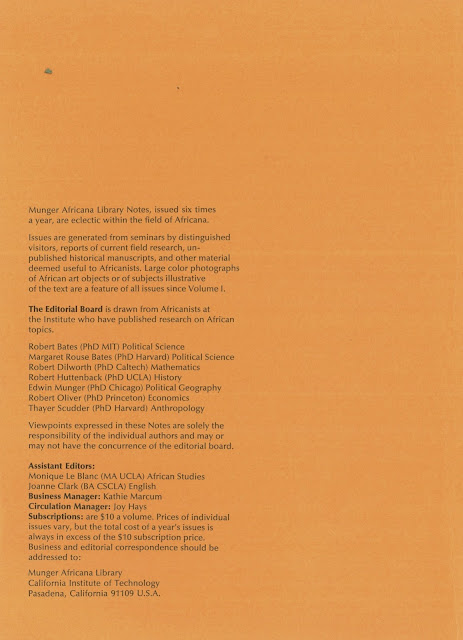Guerra do Ultramar - Uma importante obra sobre o papel da administração militar na ex-província ultramarina portuguesa, que combateu as guerrilhas do PAIGC e a oposição da FLING, entre 1964 e 1974, quando Portugal reconheceu a independência da Guiné-Bissau
‘PORTUGAL’S WAR IN GUINE-BISSAU’
By Al J. Venter
Edition by California Institute of Technology
MUNGER AFRICANA LIBRARY
EUA, Pasadena, California 1973
Livro de capas duras, com 202 páginas, muito ilustrado com fotografias e mapas, e em muito bom estado de conservação. Excelente.
De muito, muito difícil localização.
MUITO, MUITO RARO.
Da INTRODUÇÃO:
“(...)
AL J. VENTER is a 34-year old correspondent who has traveled widely in Africa from Eritrea to the Caprivi Strip, covering guerrilla actions for the London ‘Daily Express’, the ‘National Broadcasting Company News’, the ‘Argus Africa News’, the ‘International Defence Revue’ of Geneva, and the ‘Inttelligence Digest’. He has drawn kudos as a political analyst and for his book on the Angolan war.
This publications on Portuguese Guinea is the firts major account in english of the Guiné war from the Portuguese front lines and their headquarters. It complements numerous long and short reports, most notably those of Basil Davidson, of fighting from the side of the African guerrillas.
In this book, Venter takes a new look at the Portuguese presence in the territory where the odds seem greatest against them. He concedes ‘Portugal cannot and will not last out indefinitely in Africa’. But he is critical of those journalist who depict the Portuguese as simply ‘paper tigers’. The fact that the poorest nation in Western Europe has succeeded in fighting three wars on eight fronts over a period of thirteen years indicates an accomplishment in strategy and logistic which Venter believes refutes the label of ‘poor and incompetent fighters’. When he surveys the broad sweep of guerrilla efforts against rule by white minorities, venter finds it significant that guerrilla forces in southern africa have been unable to capture a single sizable town in over a decade of fighting. He believes that a Che Guevara or a General Giap would aim at such an enormous psychological prize after such prolonged hostilities. But, Venter says, he was told ar the OAU Summit in Adis Abeba in 1971 that the capture of towns was not a guerrilla priority.
This study obviously does not engage in speculation as to the future composition of the PAIGC and its new leadership. Ronald Segal, author of books on South Africa, India, and monetary problems, and a self-styled ‘recolutionary’, asserts that of all the leadership cadres he has seen in the Third World ‘the PAIGC is the ablest’. The possibility of a significant division within the PAIGC is strongly refuted by Basil Davidson. In a detailed account concerning the conspirators, Davidson views the merger as having been inspired directly by general de Spinola as part of a ‘reserve’ plan, during which Cabral and President Sékou Touré were to have been killed, after the invasion of Conakry. The invasion proved to be unsuccessful.
(...)“
Do ÍNDICE: / TABLE OF CONTENTS:
INTRODUCTION
By Edwin S. Munger
Chapters
I - DEATH FOR AN IDEAL
II - A BACKGROUND TO THE WAR
III - BISSAU: CENTREPOINT OF THE WAR
IV - AS LISBON SEES THE WAR
V - THE SOUTHERN FRONT
VI - CONVOY
VII - NIGHT ATTACK
VIII - JUNGLE PATROL
IX - PAIGC - THE GUERRILLA ORGANIZATION
X - TEIXEIRA PINTO: PATTERN FOR PROGRESS
XI - THE NORTH AND THE EAST
XII - ANGELS OF MERCY
XIII - WEAPONS OF WAR
XIV - THE GENERAL
XV - THE LAST WORLD
Preço: 277,50€;







Sem comentários:
Enviar um comentário
APÓS A SUA MENSAGEM INDIQUE O SEU E-MAIL E CONTACTO TELEFÓNICO
After your message, please leave your e-mail address or other contact.